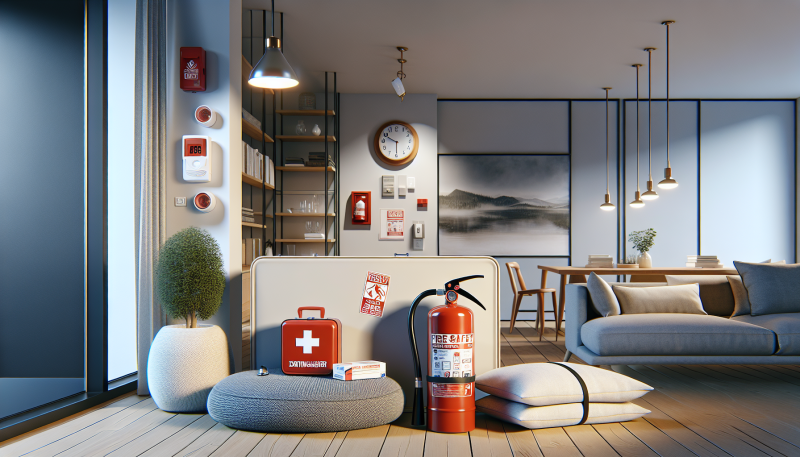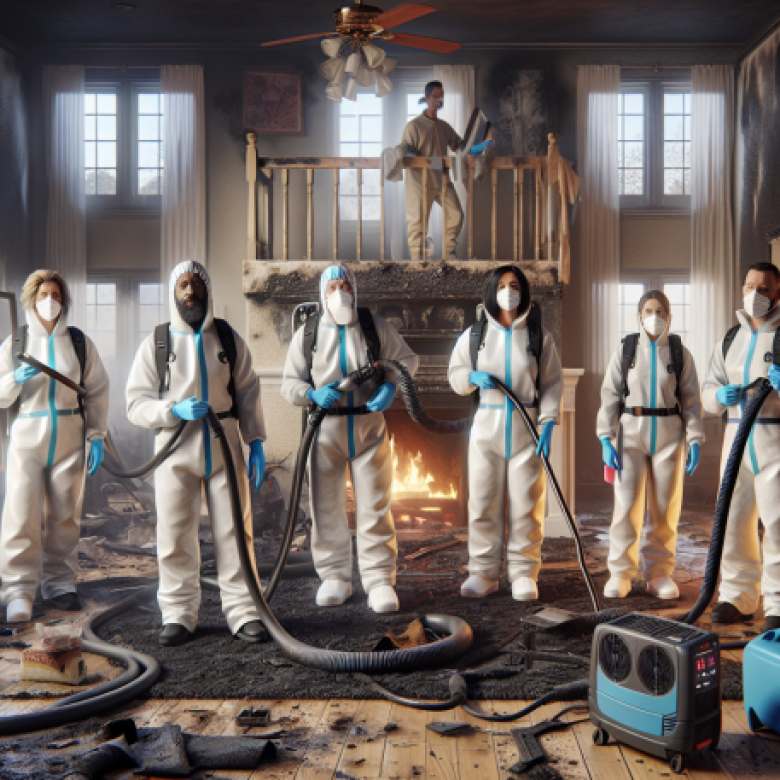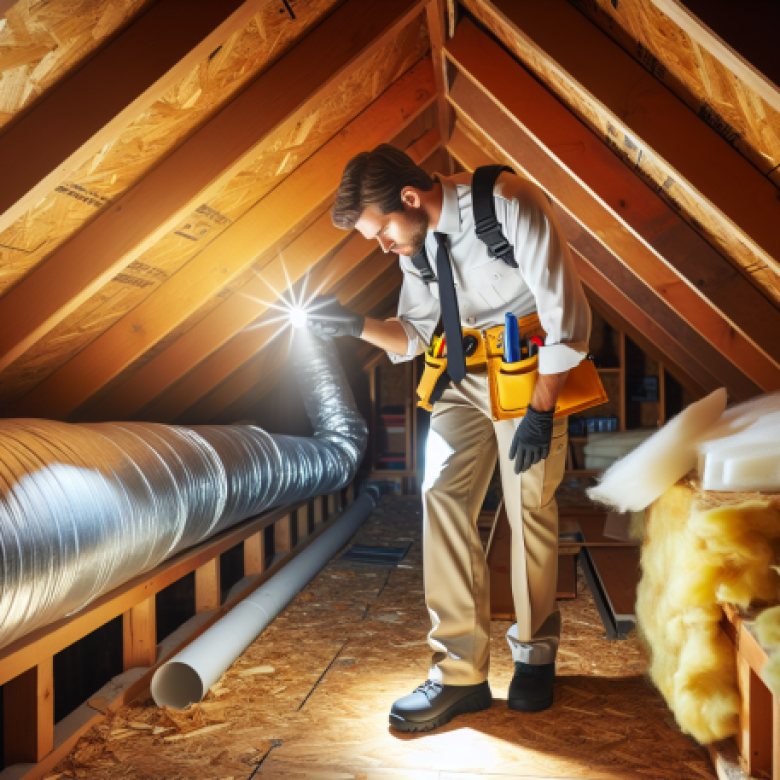When it comes to protecting your home or business from fire hazards, having the right fire safety equipment is crucial. Whether you own a commercial property or a cozy residential property, understanding what equipment you need can make all the difference in an emergency. In this guide, we’ll walk you through the essential fire safety equipment every property should have, ensuring you’re well-prepared to handle any fire-related situation.
Understanding Fire Safety Equipment
Fire safety equipment encompasses a variety of tools and devices designed to prevent fires, detect them early, and help extinguish them. Think of it as your first line of defense against fire damage. Just like you wouldn’t drive a car without seatbelts, you shouldn’t operate a property without adequate fire safety measures in place. So, what exactly should you have?
1. Smoke Detectors
Smoke detectors are arguably the most vital piece of fire safety equipment. These little devices can save lives by alerting you to smoke before a fire becomes uncontrollable. It’s essential to install smoke detectors on every level of your property, especially near sleeping areas. Regularly test them to ensure they’re functioning properly, and replace the batteries at least once a year. If you’re looking for a reliable restoration service after a fire incident, Projekt Restoration offers comprehensive fire damage restoration services.
Types of Smoke Detectors
There are two main types of smoke detectors: ionization and photoelectric. Ionization detectors are better at detecting fast-burning fires, while photoelectric detectors excel at sensing smoldering fires. For optimal safety, consider installing both types in your property. You can also opt for interconnected smoke detectors that will alert you throughout the property if one goes off.
2. Fire Extinguishers
Having fire extinguishers readily available is another critical aspect of fire safety. These devices can help you put out small fires before they escalate. Make sure to place extinguishers in easily accessible locations, such as the kitchen, garage, and near any potential fire hazards. It’s also important to know how to use them effectively. Remember the acronym PASS: Pull the pin, Aim low, Squeeze the handle, and Sweep from side to side.
Choosing the Right Fire Extinguisher
Fire extinguishers come in various classes, each designed for different types of fires. Class A extinguishers are for ordinary combustibles like wood and paper, Class B is for flammable liquids, and Class C is for electrical fires. For most properties, a multi-purpose extinguisher (Class ABC) is a wise choice. Regularly check your extinguishers for pressure and expiration dates, and consider scheduling a professional inspection annually.
3. Fire Blankets
Fire blankets are an often-overlooked but essential piece of fire safety equipment. These blankets can smother small fires or be used to wrap around a person whose clothing is on fire. They are particularly useful in kitchens or areas where flammable materials are present. When purchasing a fire blanket, ensure it meets safety standards and is easily accessible in case of an emergency.
How to Use a Fire Blanket
Using a fire blanket is straightforward. Simply pull the blanket from its container, and gently place it over the flames to suffocate the fire. If someone is on fire, wrap the blanket around them to extinguish the flames. Remember, fire blankets are not a substitute for fire extinguishers but can be a valuable addition to your fire safety arsenal.
4. Fire Alarms and Sprinkler Systems
For larger properties, especially commercial ones, installing a fire alarm system and sprinkler system is highly recommended. Fire alarms can provide early warning to occupants, while sprinkler systems can help control or extinguish fires before they spread. These systems should be installed by professionals and regularly maintained to ensure they function correctly when needed.
Benefits of Fire Alarms and Sprinklers
Fire alarms and sprinklers can significantly reduce the risk of fire damage and save lives. In fact, properties equipped with these systems often see lower insurance premiums. If you’re considering upgrading your fire safety measures, consult with a fire safety expert to determine the best options for your property.
5. Emergency Exit Signs and Lighting
In the event of a fire, clear exit routes are essential for ensuring everyone can evacuate safely. Emergency exit signs and lighting should be installed throughout your property, especially in hallways and near exits. These signs should be illuminated and visible even in low-light conditions, guiding occupants to safety.
Regular Maintenance of Exit Signs
Regularly check that your emergency exit signs are functioning correctly and that the paths to exits are clear of obstructions. It’s also a good idea to conduct fire drills to familiarize everyone with the evacuation routes. This preparation can make a significant difference in an emergency situation.
Additional Fire Safety Measures
While the equipment mentioned above is essential, there are additional fire safety measures you can take to further protect your property. These include:
1. Fire Safety Plans
Creating a fire safety plan is crucial for any property owner. This plan should outline evacuation routes, designate a meeting point outside, and include contact information for emergency services. Make sure all occupants are familiar with the plan and conduct regular drills to practice.
2. Regular Inspections and Maintenance
Regularly inspect your fire safety equipment and systems to ensure they are in good working order. This includes checking smoke detectors, fire extinguishers, and sprinkler systems. If you’re unsure about the condition of your equipment, consider hiring professionals for a thorough inspection.
3. Insurance Coverage
Having adequate insurance coverage is essential for protecting your property from fire damage. Review your policy to ensure it covers fire-related incidents and consider working with an insurance agent to understand your options. In the event of a fire, insurance claims assistance can help you navigate the process and recover losses.
Conclusion
Fire safety is not something to take lightly. By equipping your property with the right fire safety equipment and implementing a comprehensive fire safety plan, you can significantly reduce the risk of fire damage and ensure the safety of everyone inside. Remember, it’s always better to be prepared than to face the consequences of being unprepared. If you ever find yourself in need of fire damage restoration, remember that Projekt Restoration is here to help with 24/7 emergency services.
FAQs
What is the best type of smoke detector to install?
The best type of smoke detector is a combination of ionization and photoelectric detectors, as they can detect both fast-burning and smoldering fires effectively.
How often should I check my fire extinguishers?
You should check your fire extinguishers monthly to ensure they are charged and in good condition. Additionally, have them professionally inspected annually.
Are fire blankets reusable?
Fire blankets are generally not reusable after being used to extinguish a fire. It’s important to replace them after use to ensure you have a functioning blanket available.
What should I include in my fire safety plan?
Your fire safety plan should include evacuation routes, a designated meeting point, emergency contact information, and a list of fire safety equipment available in your property.
How can I reduce my fire insurance premiums?
You can reduce your fire insurance premiums by installing fire alarms, sprinkler systems, and other fire safety equipment, as well as maintaining a good safety record.





